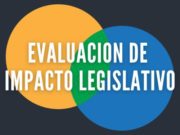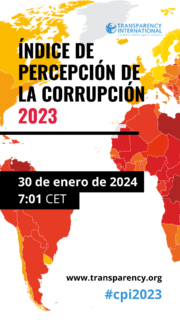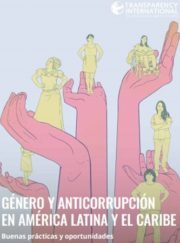- ¿QUIÉNES SOMOS?
- Programas
- Programa de Diagnóstico, Medición y Evaluación de Impacto
- Unidad de Monitoreo de Procesos
- Programa de Convenciones y Mecanismos Internacionales Anticorrupción
- Programa Sectorial en Educación y Rendición de Cuentas
- Programa de Integridad en el Financiamiento Climático (CFIP)
- Programa Editorial
- Iniciativa para el Fortalecimiento de la Institucionalidad de los Programas Sociales (IPRO)
- Programa de Investigación sobre Ciudadanía y Mercados
- BIBLIOTECA
- Comunicados de Prensa
- RENDICIÓN DE CUENTAS
- CONTACTO
10 key points about the Coordination Committee of the National Anticorruption System
On the 4th April 2017, the Coordination Committee (CC) of the National Anticorruption System (Sistema Nacional Anticorrupción – SNA) was set up in Mexico. It is a new space proposed by citizens – led by a group of five of these men and women – which gathers the main institutions that are responsible for the control of corruption in the country. Their objective is to coordinate them in an efficient way, so that they give results. In the words of Jacqueline Peschard, who presides in the Coordination Committee, these are the 10 most important points that you should know:
- The National Anticorruption System “was the product of a broad deliberation between the government and civil society”. For months, civil society organisations, business owners and academics designed and drove a discussion that led them to seek a “national anti-corruption commission” to rely on a true “national anticorruption system”. The participation and support of 634,000 citizens with the 3de3 Law was fundamental in this mission.
- The purpose of the National Anticorruption System is “to strengthen institutional action” of every governmental entity to prevent, detect, investigate and punish corruption. It seeks “a committed interaction of the autonomous institutions (like the INIA – the Federal Institute for Access to Public Information and Data Protection) and of the three branches of government (executive, legislative and judicial)” in the distinct actions that are needed to effectively control corruption.
- The Coordination Committee will be the principal authority against corruption and citizens must request that it is held accountable for the results. The different institutions that make it up “condense the faculties and functions” needed to confront this problem that costs us so much as a country.
- The main challenge of the Coordination Committee, in the words of Peschard, is to confront the “strong resistance…of mutual protection that have proved to be efficient barriers for the action of justice”. That’s to say, end the pacts among the political class, in order to investigate and punish those that violate the law to obtain wrongful profits.
- During its establishment the Coordination Committee proposed four central areas of work. With these, they look to spark immediate and urgent action and start to deliver results in corruption control.
- The first central area of work, is to consolidate the National Anticorruption System. Peschard, therefore, specifically referred to relying on a Technical Secretariat – the body that will include data, indicators and information about the SNA – that will be driven by “the highest standards of transparency, professionalism and competency.” It is highlighted that they lack the nominations of the Special Prosecutor to Combat Corruption, the magistrates of the specialised section and the regional courtrooms of the Federal Court of Administrative Justice. Likewise, it’s emphasised that federal entities need to set in motion their local anti-corruption systems.
- The second key area is the availability and the quality of information in which the institutions as much as the citizens are counted on to prevent, detect, investigate and punish acts of corruption. In the words of Peschard, in order to “bring down corruption networks, we must rely on trustworthy, complete, up-to-date and very accessible information.
- The third area, is to connect the actions and results of investigations with the corresponding sanctions. For example, we have the news of the Federal Superior Auditor as well as transnational cases of corruption like Odebrecht, but we are ignorant of how trial and sanction processes are being conducted. Peschard clearly signalled that the SNA needs “results that lead to sanctions that inhibit future incidences of corruption”.
- The Odebrecht case is an opportunity to deliver results within the National Anticorruption System, given that in May the Brazilian government may share with the Mexican government who the involved public officials are. Peschard expressed as a key indicator that “our authorities will reveal the names of the responsible public officials” that received wrongful payments of approximately 10 million dollars and will go ahead with their detention.
- The fourth area consists of maintaining the National Anticorruption System as a space of open government, that’s to say, to make the participation of citizens in policies and actions against corruption permanent. Peschard puts emphasis on the design of what the format of public official’s asset and interest declarations will be, where #3de3 has been a demand and model proposed by the citizens.
Twitter
Analizamos junto con Jaime Núñez algunos temas del debate presidencial.
En primer lugar, el reconocimiento abierto y sin cortapisas de que la corrupción sigue siendo el problema raíz de otros problemas de gobierno: el
gasto en salud, en educación, la procuración de justicia o…











